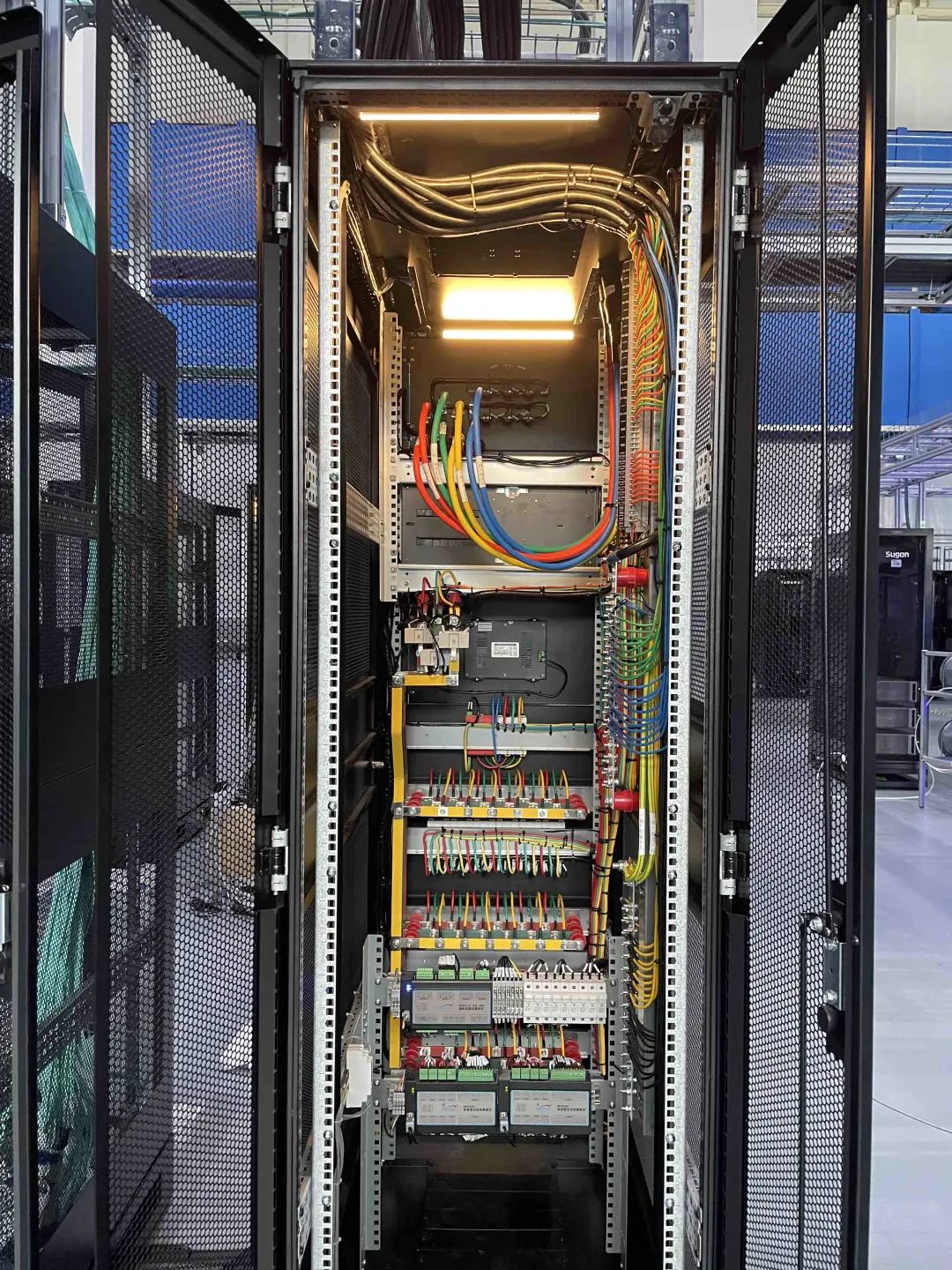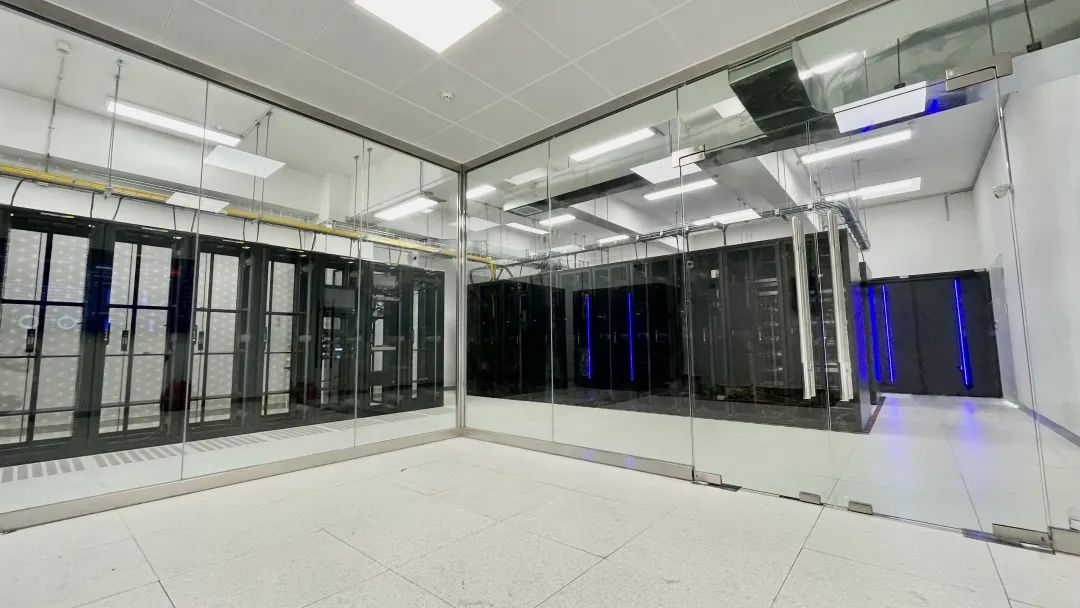Current Status of Cabinet Industry
The current state of the cabinetry industry is dynamic and constantly evolving, with many factors affecting its current status. From consumer trends to technological advancements, the cabinetry industry is constantly changing, impacting how manufacturers and retailers operate. In this article, we’ll take an in-depth look at the current state of the cabinetry industry and explore the key trends and developments shaping its trajectory.
One of the most salient aspects of the current state of the cabinetry industry is the increasing demand for customizable and innovative products. Consumers are seeking unique and personalized cabinets to meet their specific needs and preferences. This has led to an increase in the use of advanced technologies such as 3D printing and CNC machining, allowing manufacturers to create complex custom cabinet designs. As a result, the industry is shifting towards more niche and specialized products to suit different consumer tastes.
Additionally, sustainability has become a pressing issue in the cabinetry industry, reflecting a broader shift toward environmentally friendly practices. Consumers are increasingly concerned about the environmental impact of their purchases, which has stimulated the development of environmentally friendly cabinet materials and production processes. As a result, manufacturers are investing in sustainable sourcing and manufacturing methods, integrating renewable materials and energy-saving practices into their operations. The emphasis on sustainability has not only influenced consumer choices, it has also triggered regulatory changes within the industry and driven concerted efforts towards greener practices.
Additionally, the influx of digital technology has revolutionized the way cabinets are marketed and sold. Online platforms and e-commerce have become an integral part of the industry, allowing consumers to browse and purchase cabinets with unprecedented ease and convenience. This digital shift not only expands the reach of cabinet retailers but also provides consumers with a more engaging and interactive shopping experience. Additionally, the integration of virtual reality and augmented reality technologies enables consumers to visualize and customize their cabinet designs, thereby enhancing the overall buying process.
In addition to these consumer-driven trends, the cabinetry industry faces a host of internal challenges, including supply chain disruptions and material cost fluctuations. The global pandemic has exposed vulnerabilities within supply chains, prompting manufacturers to reassess their sourcing strategies and operational resiliency. Additionally, fluctuations in material costs (particularly wood and metal) present significant challenges to cabinet makers, requiring a careful balance between cost-effectiveness and product quality.
Despite these challenges, the current state of the cabinetry industry reflects a resilient and adaptable landscape that is poised for continued growth and innovation. The industry’s response to consumer demands and technological advances highlights its ability to evolve and adapt. With a focus on sustainability, customization and digital integration, the cabinetry industry is ready to meet the changing needs and preferences of consumers while addressing future internal challenges.
All in all, the current state of the cabinet industry presents a series of changing trends and challenges that profoundly shape its development trajectory. From an emphasis on customization and sustainability to the integration of digital technologies, the industry is going through a period of significant change and evolution. As it undergoes these developments, the cabinetry industry is expected to become a more agile, innovative and consumer-focused industry, able to meet the needs of a rapidly evolving market.
Post time: Dec-26-2023


